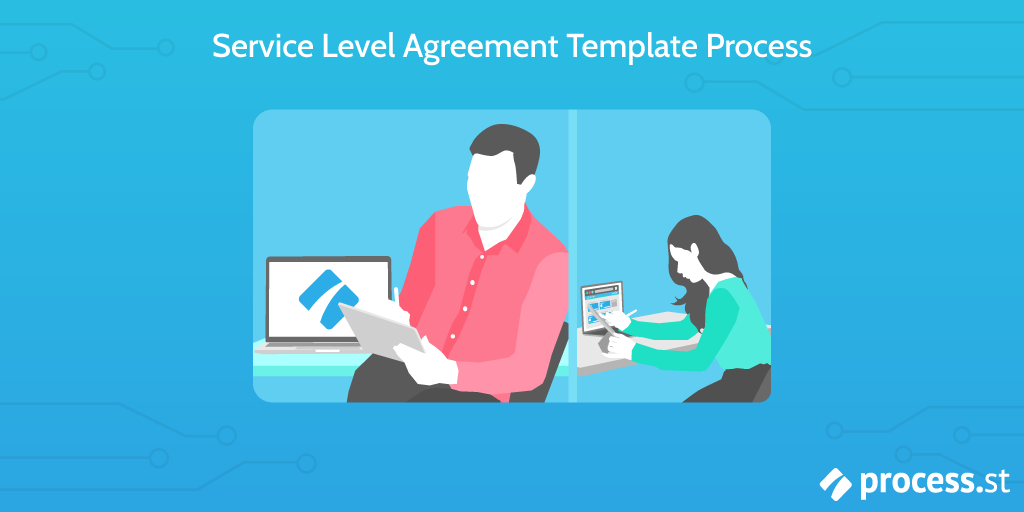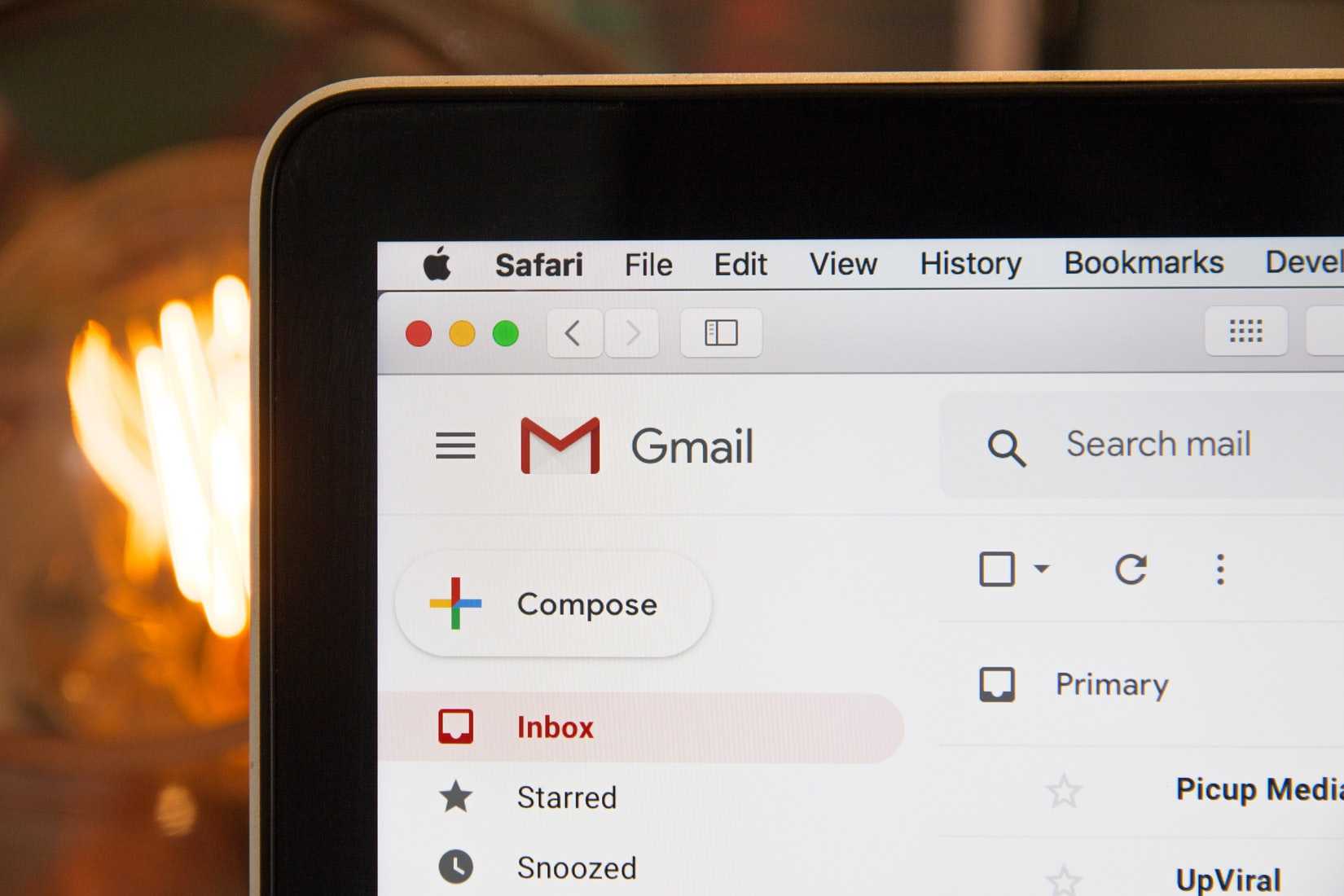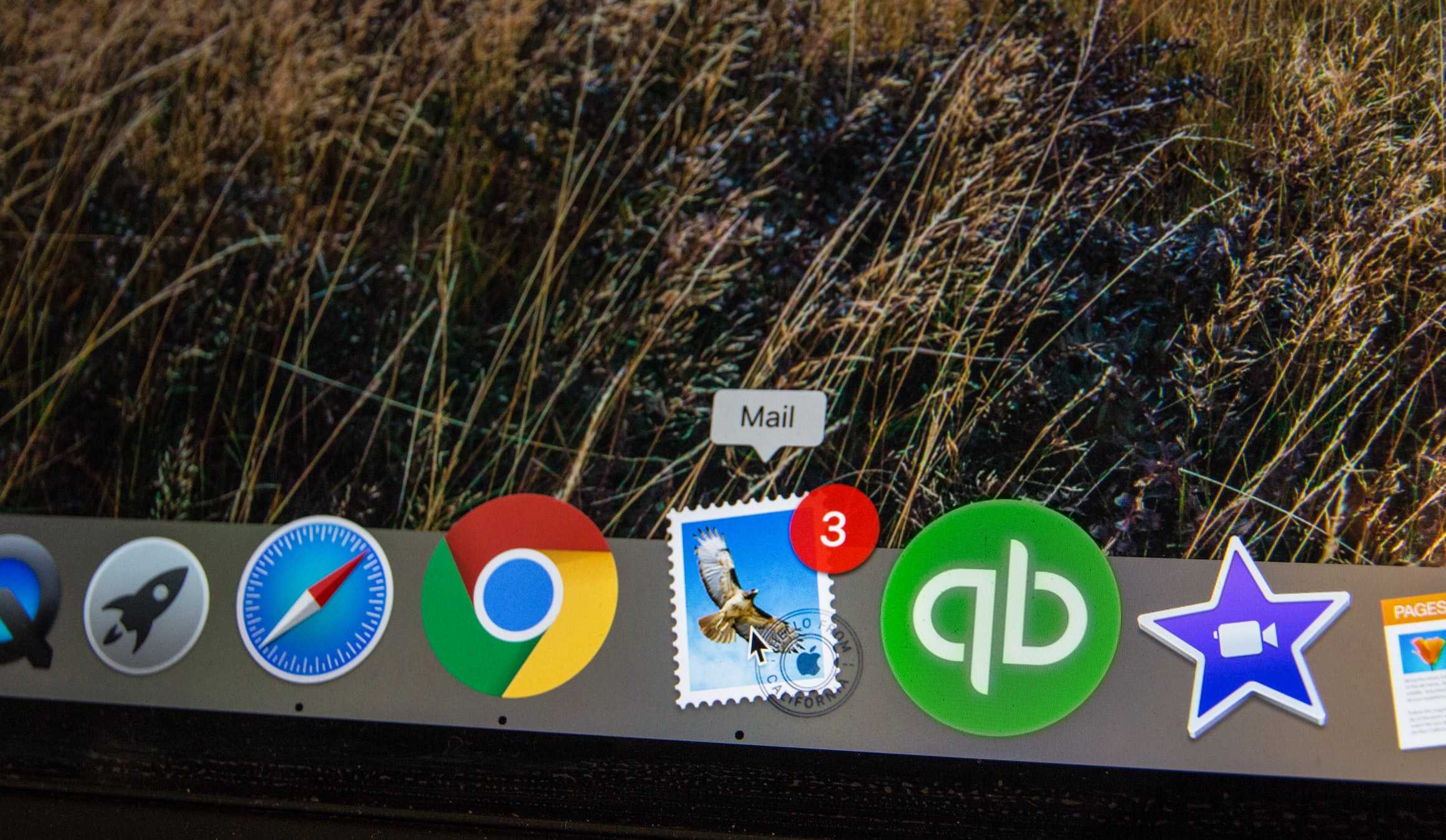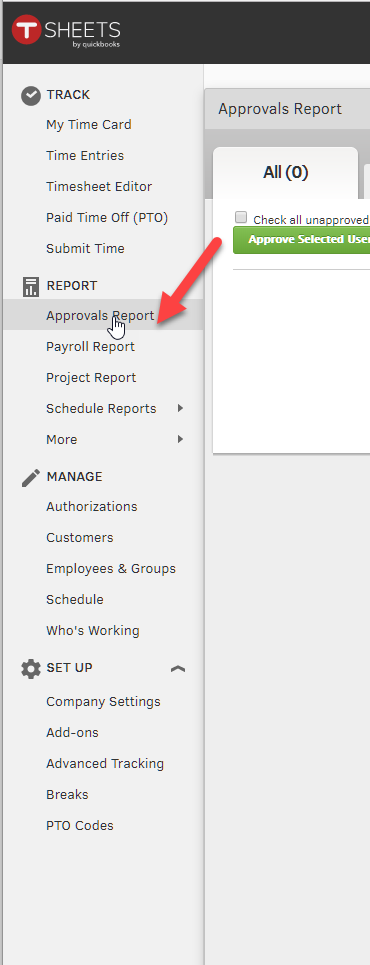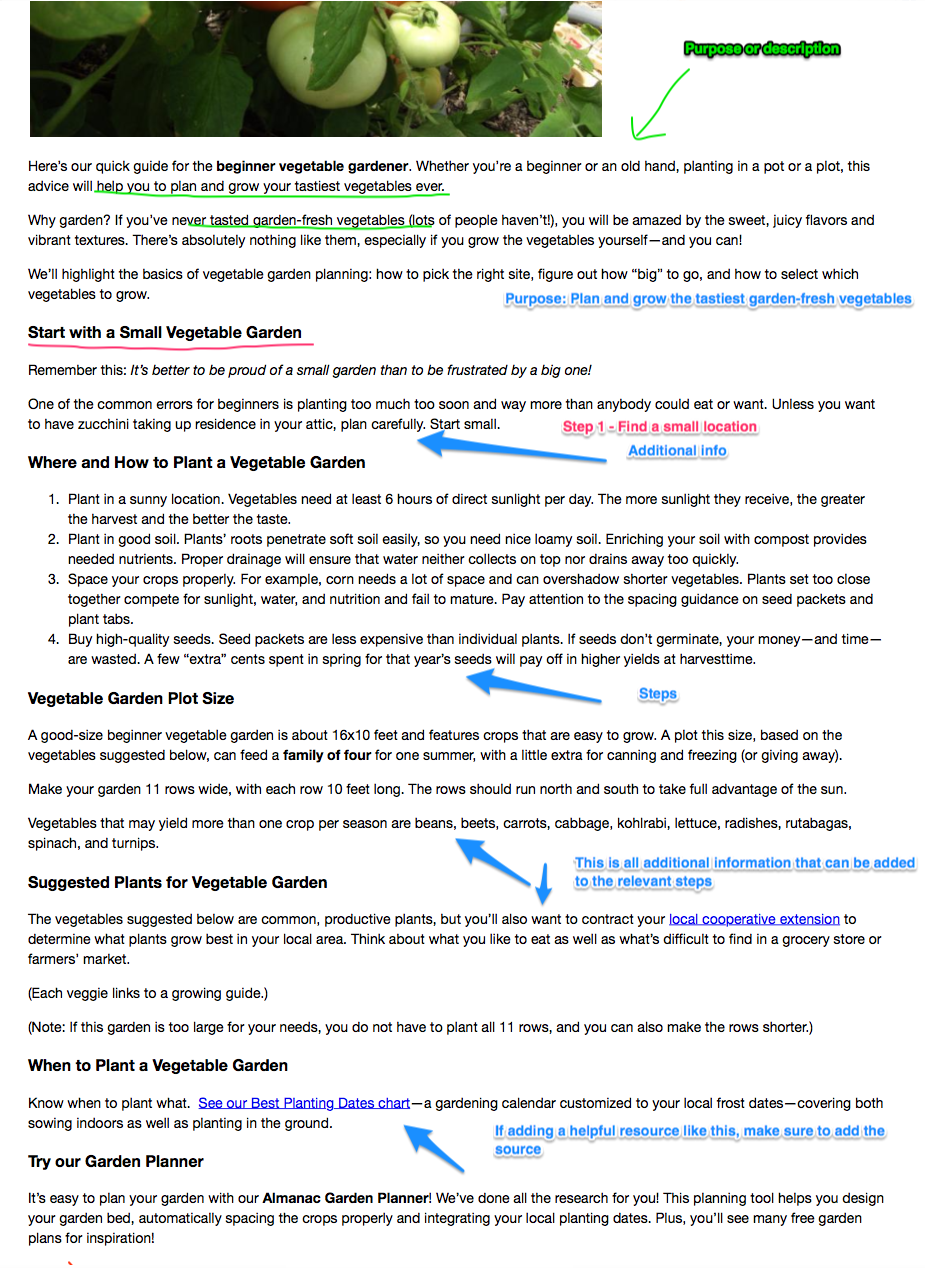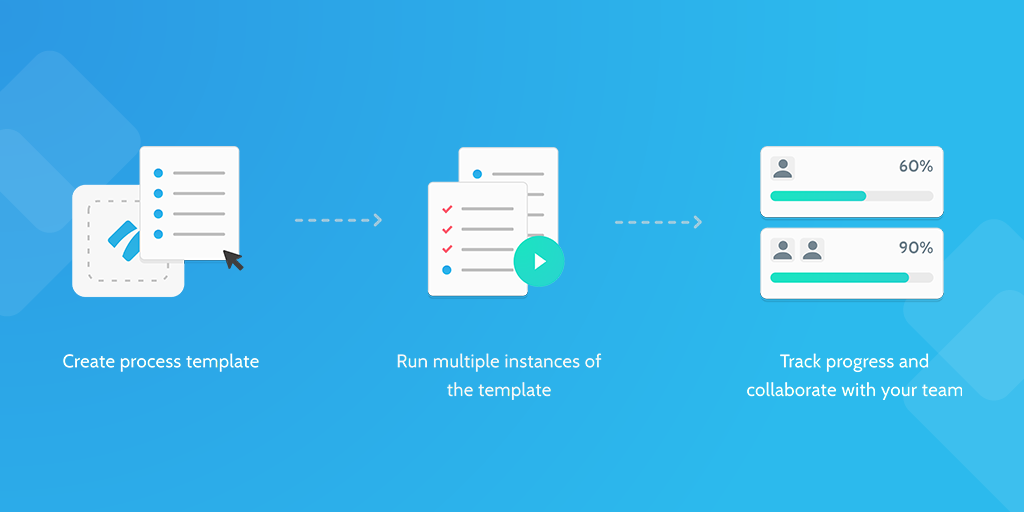Double-check the SLA draft to ensure it's fit to send the client.
Below you'll see your SLA made via the service level agreement template process. Read through it and make sure it makes sense.
If you see text with double braces (which are the { and } symbols), then you've not filled out a form field along the way. Go back to the corresponding task and put in the right information.
OR
If there were too many form fields for you to fill out, click "edit this template", delete the text with braces from the SLA, and update only this template.
This is so the SLA looks clean and tidy for when the customer reads the SLA in a few steps' time.
1. Agreement overview
This Service-Level Agreement is effective as of {{form.SLA_start_date}}, and is made by and between {{form.Customer_company's_name}} and {{form.Your_company_name}} (the stakeholders).
2. The service-level agreement's purpose, goal, and objectives
Purpose:
{{form.What_is_the_purpose_of_this_SLA?}}
Goal:
{{form.What_is_the_goal_of_the_agreement?}}
Objectives:
{{form.SLA_objective_#1}}
{{form.SLA_objective_#2}}
{{form.SLA_objective_#3}}
3. The service agreement
3.1. Service scope
The service Supplier has agreed to carry out the following services to the Customer:
{{form.List_of_services_to_supply}}
In fuller detail, these services are as follows:
{{form.Detailed_description_of_service_#1}}
{{form.Detailed_description_of_service_#2}}
{{form.Detailed_description_of_service_#3}}
{{form.Detailed_description_of_service_#4}}
{{form.Detailed_description_of_service_#5}}
{{form.Detailed_description_of_service_#6}}
The Supplier acknowledges that they must, at all times, provide the services as outlined above.
Failure to do so may have a material adverse impact on the business and operations of the Customer, and that it shall entitle the Customer to cease the contract at a future date.
3.2 Supplier requirements
The Supplier will commit to the following requirements and responsibilities:
{{form.Service_provider's_requirement_#1}}
{{form.Service_provider's_requirement_#2}}
{{form.Service_provider's_requirement_#3}}
3.3 Customer requirements
The Customer will also commit to the following requirements and responsibilities:
{{form.Customer's_requirement_#1}}
{{form.Customer's_requirement_#2}}
{{form.Customer's_requirement_#3}}
4. Performance monitoring and review
The Supplier shall implement all measurement and monitoring tools and procedures necessary to measure, monitor and report on the Supplier’s performance of the provision of the Services.
The Supplier shall immediately notify the Customer in writing if the level of performance of the Supplier of any element of the provision fails to meet proper standards.
Both parties have agreed to review performance frequently - {{form.What_is_the_performance_review_frequency?}}.
{{form.Who_will_do_the_performance_review_(customer_side)?}} will carry out the performance review from the Customer's side. {{form.Who_will_do_the_performance_review_(service_side)?}} will carry out the performance review for the Supplier.
After this contract has been approved, the first review will take place on {{form.When_is_the_next_performance_review_date?}}.
5. Service management
In addition to frequent performance reviews, the Services must be managed appropriately.
Should the Customer want to get in contact with the Service provider regarding the Services, they can be contacted via:
Supplier's telephone:
{{form.Your_company's_telephone_number}}
Supplier's email:
{{form.Email_of_your_company's_main_contact}}
During the following office hours:
{{form.When_are_your_company's_office_hours?}}
Similarly, the Supplier can contact the Customer through the following means of contact:
Customer's telephone:
{{form.Customer_company's_telephone_number}}
Customer's email:
{{form.Email_of_customer_company's_main_contact}}
During the following office hours:
{{form.Customer_company's_office_hours}}
Once approved, this SLA is effective from {{form.SLA_end_date}}.

